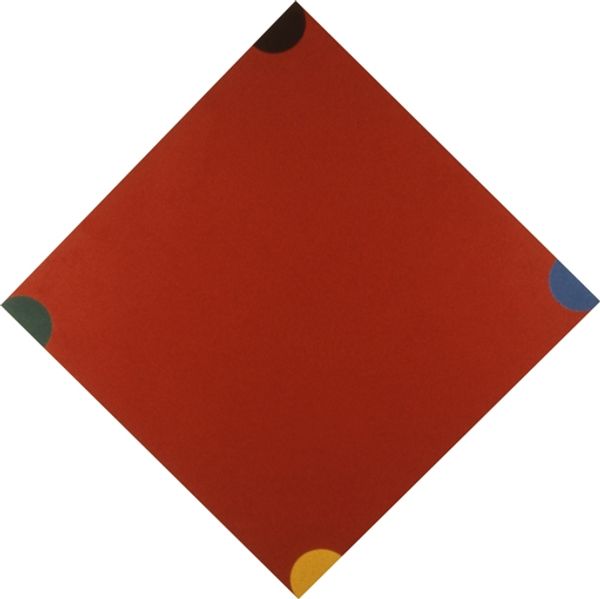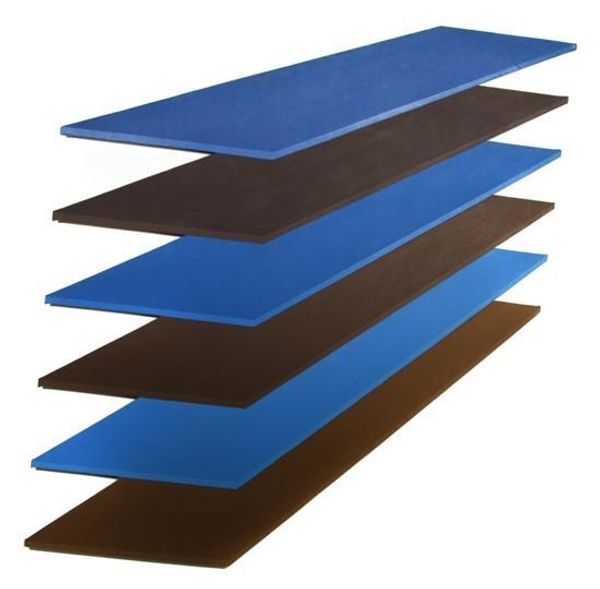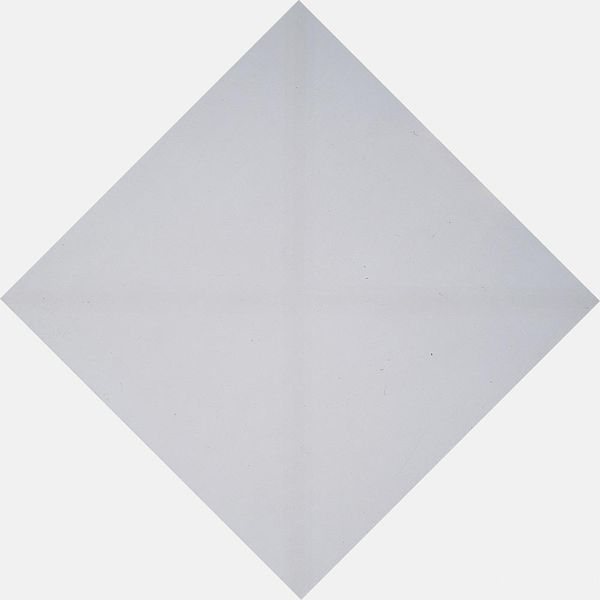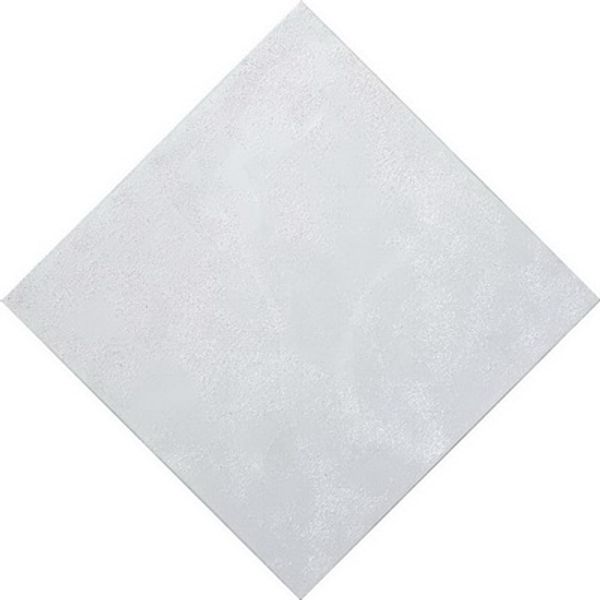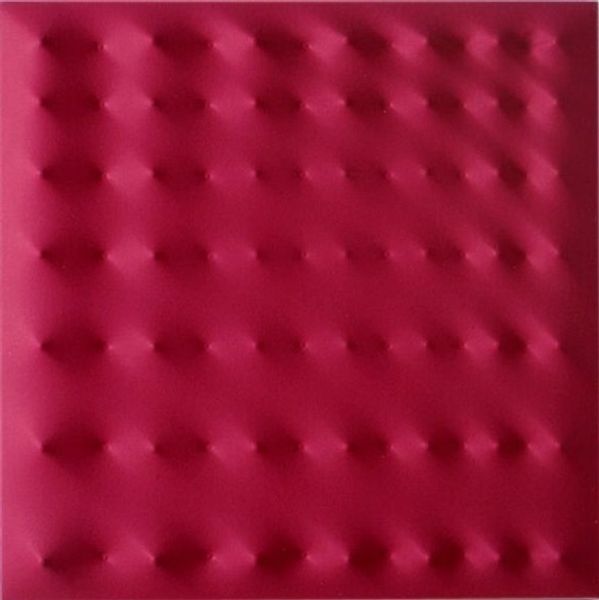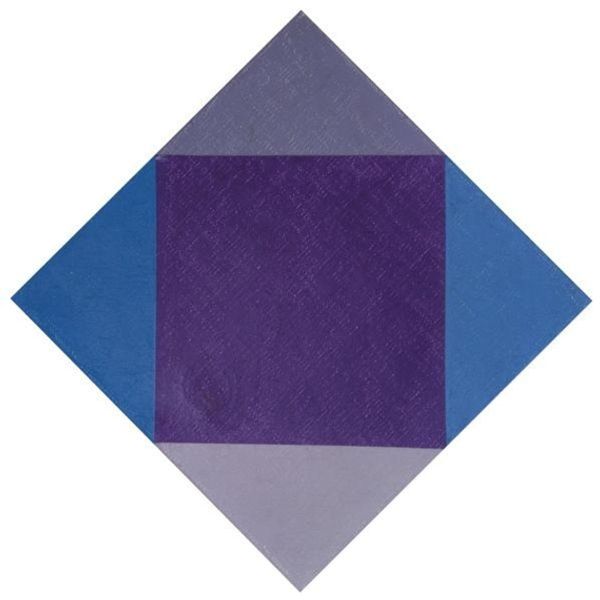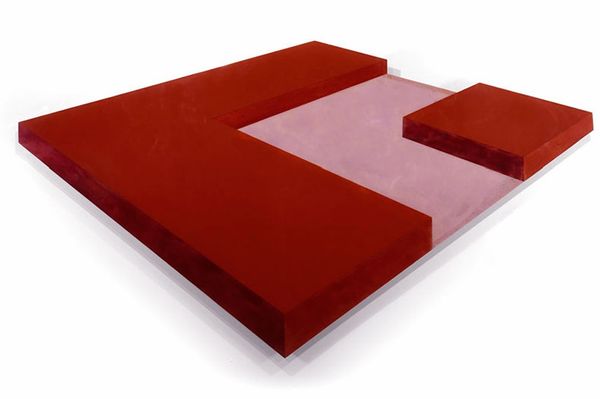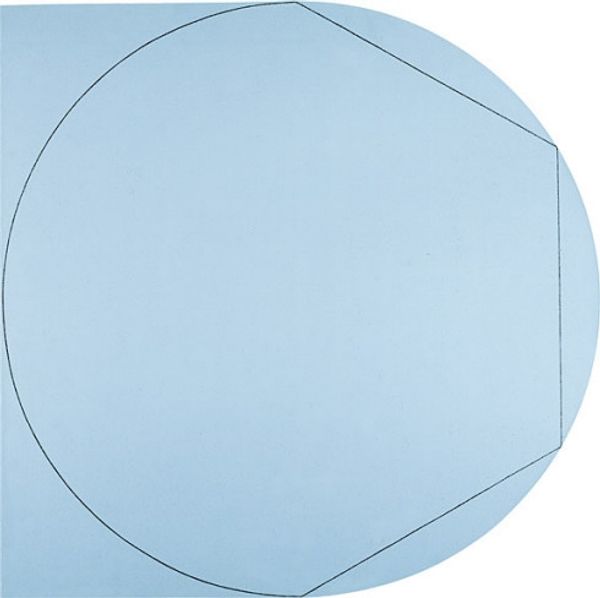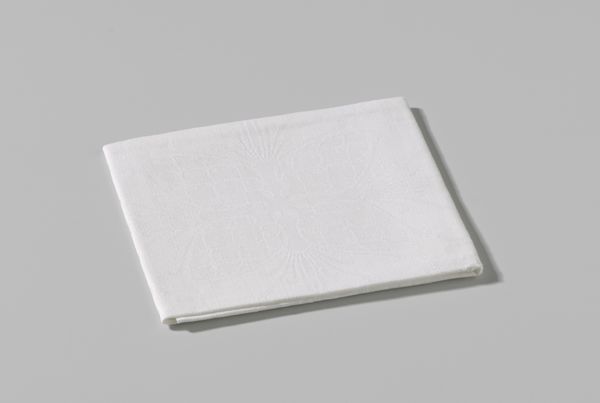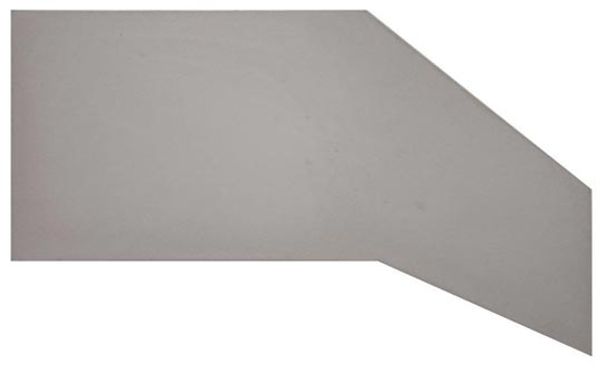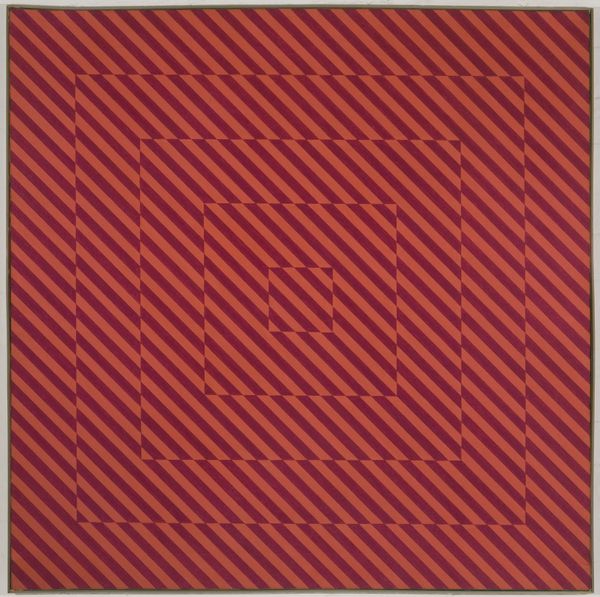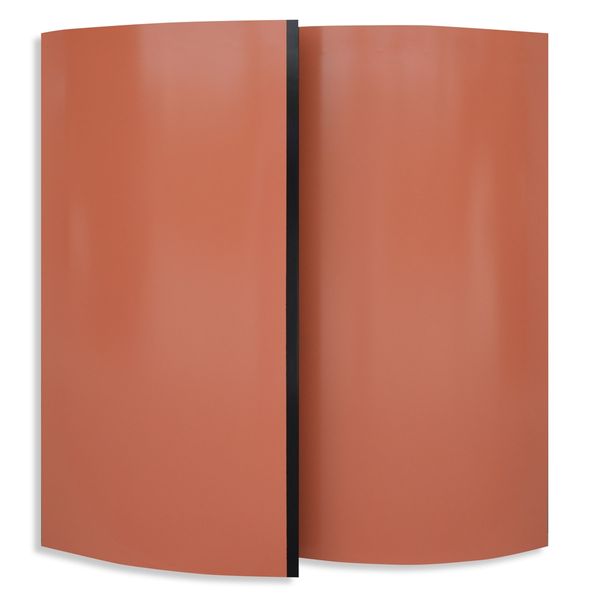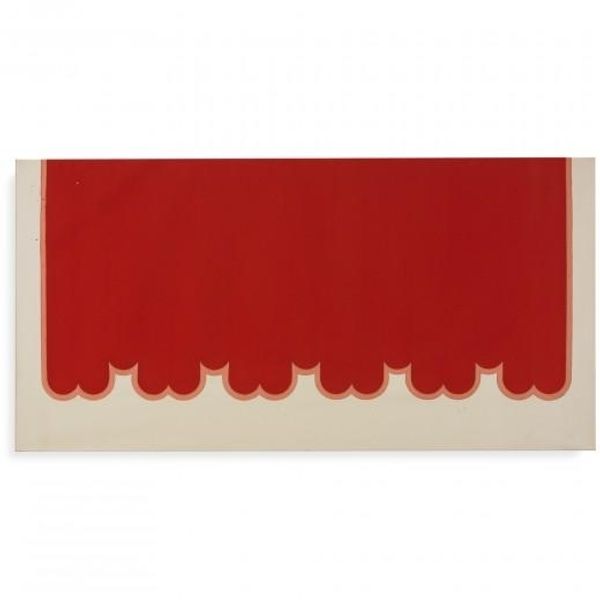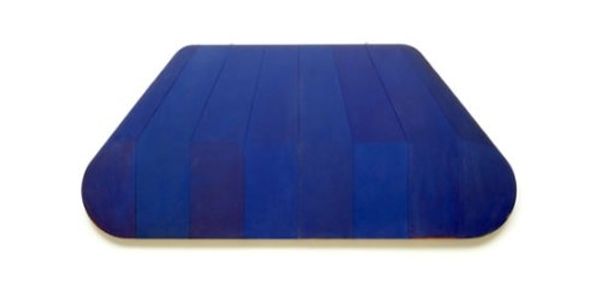
mixed-media
mixed-media
arte-povera
constructivism
form
geometric pattern
geometric
abstraction
hard-edge-painting
Copyright: Agostino Bonalumi,Fair Use
Curator: Standing before us is "Rosso," a compelling mixed-media artwork crafted in 1975 by Agostino Bonalumi. It’s an excellent example of his contributions to the Arte Povera movement. Editor: Well, the color hits you immediately. That powerful, uniform red – it feels assertive, almost confrontational. The geometric structure adds another layer of intensity; it’s dynamic but also quite rigid. Curator: Exactly. Bonalumi, through his exploration of form, here pushes the boundaries between painting and sculpture. Look at how the canvas is stretched and shaped to create these protruding, almost architectural forms. Editor: I notice the interplay of light and shadow created by these protrusions. It gives the artwork an added dimension, a sense of movement across an otherwise flat surface. Curator: Precisely. This manipulation of the canvas transcends traditional notions of painting. In its historical context, Arte Povera sought to challenge the commercialization of art by using everyday materials and focusing on simple forms, rejecting the elitism of the art world. This work shares some visual links to constructivism as well. Editor: It's intriguing to consider the sociopolitical implications here. The bold red, could one see that color as a symbol of protest? Bonalumi might be critiquing social and cultural norms through this deconstruction of the conventional canvas. There is something raw and visceral about the monochromatic color too, quite daring. Curator: A powerful interpretation! And let’s not forget the hard-edge painting aesthetic prevalent at the time, lending itself well to these precise, clean lines, that can also serve as cultural metaphors to explore societal anxieties related to conformity. Editor: Agreed. What’s fascinating is that even though this artwork is deeply rooted in a particular historical and artistic context, it continues to feel strikingly relevant today. Its visual impact still stimulates conversations about art, form, and space. Curator: Indeed, its simple geometric pattern gives "Rosso" a universal visual vocabulary that encourages continued engagement with its broader themes. Editor: I think this experience shows me that minimalist aesthetics can provoke quite loud thoughts on larger sociocultural issues. Curator: An important consideration of the long term influence of "Rosso", thank you for your observations.
Comments
No comments
Be the first to comment and join the conversation on the ultimate creative platform.
